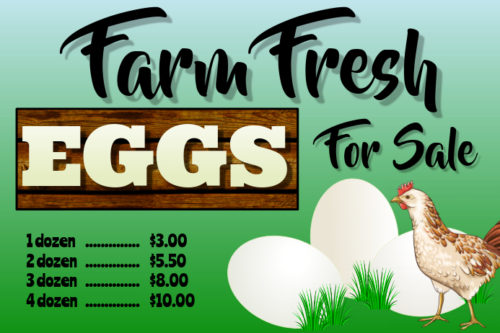As a child, Ohlson had easy access to gardens. Her grandparents maintained a small orchard and grew produce on their farm.
While Ohlson didn’t develop a deeper agricultural interest until she grew up (all those hours harvesting vegetables cut into childhood playtime, after all), she eventually started researching how food is grown. And that research turned into a minor obsession.
Disturb the soil as little as possible
Soil health starts with one basic principle: Don’t disturb the dirt. Sure, soil supports roots and helps hold up plants, but it also serves as a habitat for beneficial microorganisms. “Underneath our feet is this incredible world teeming with billions of microorganisms that have been working in the soil for millions of years,” Ohlson says.

It may sound counter-intuitive—maybe even chaotic, in terms of landscaping—but weeds don’t need to be treated as an enemy. Even uninvited plants can help protect soil and feed the microorganisms at work below the surface. I used to dig up weeds or pull them out by the roots, but now I don’t want to disturb the soil.
Every gardener has heard this one before, and Ohlson is a firm believer as well.
She aims to keep her garden soil engaged, either by covering it in dead plant material or by nurturing live roots in the ground. Cover crops play a dual role. They interact with microorganisms by extending their roots as they grow, they provide extra organic material to protect the soil once they’re harvested. Simply clip cover crops with scissors.









Recent Comments